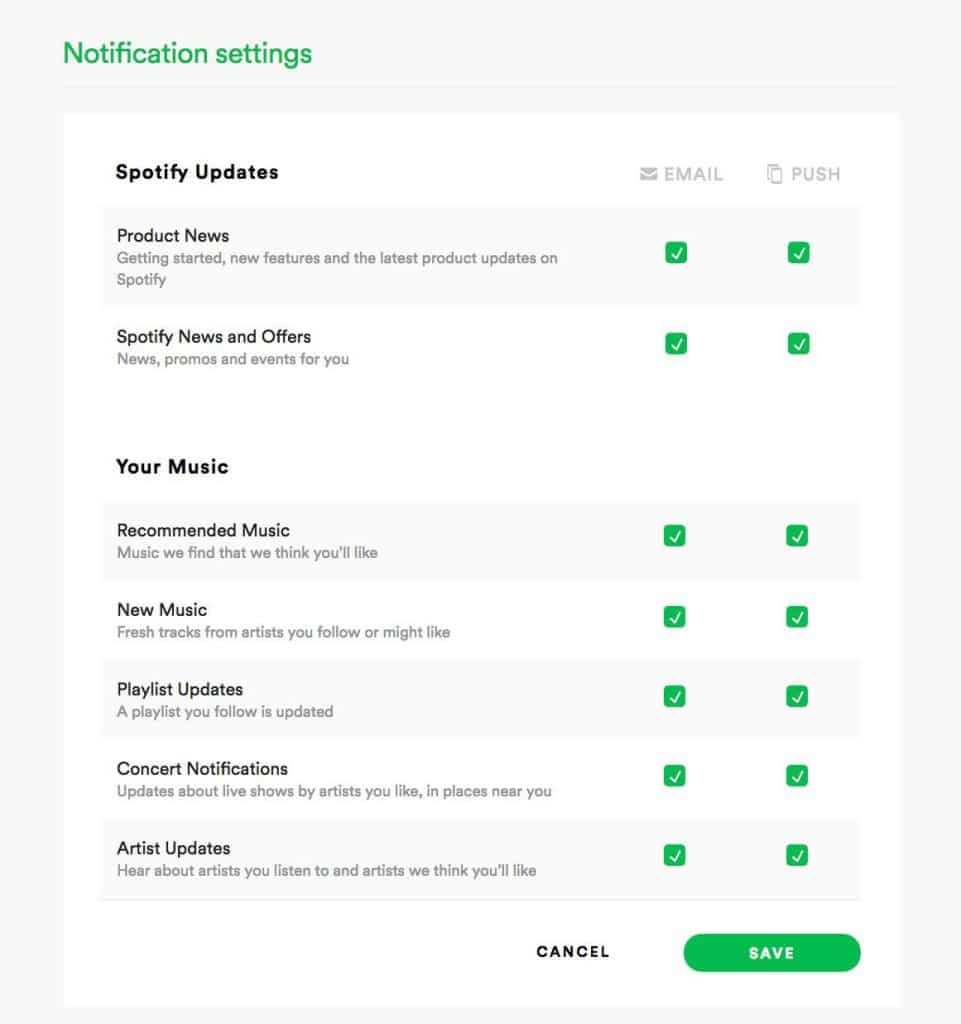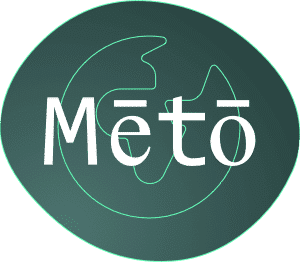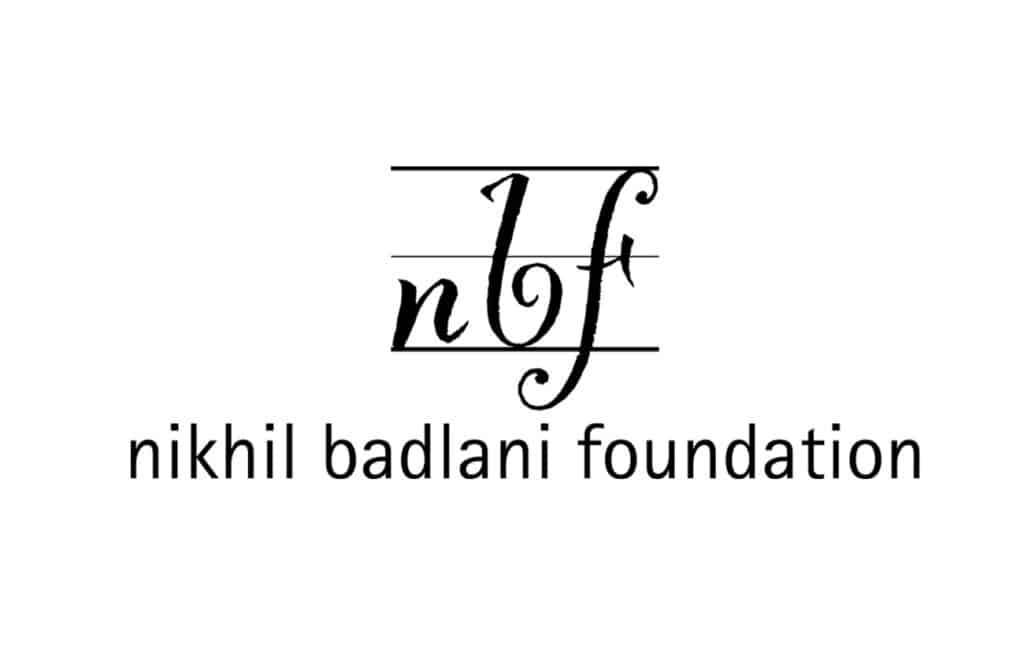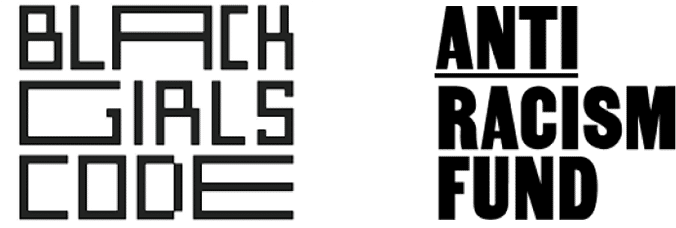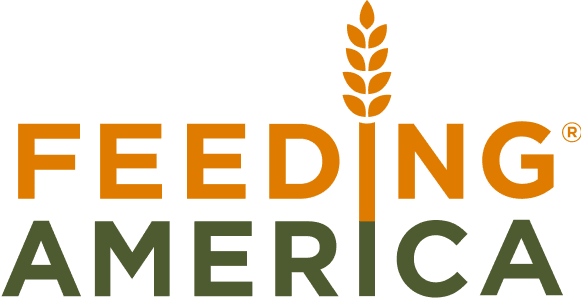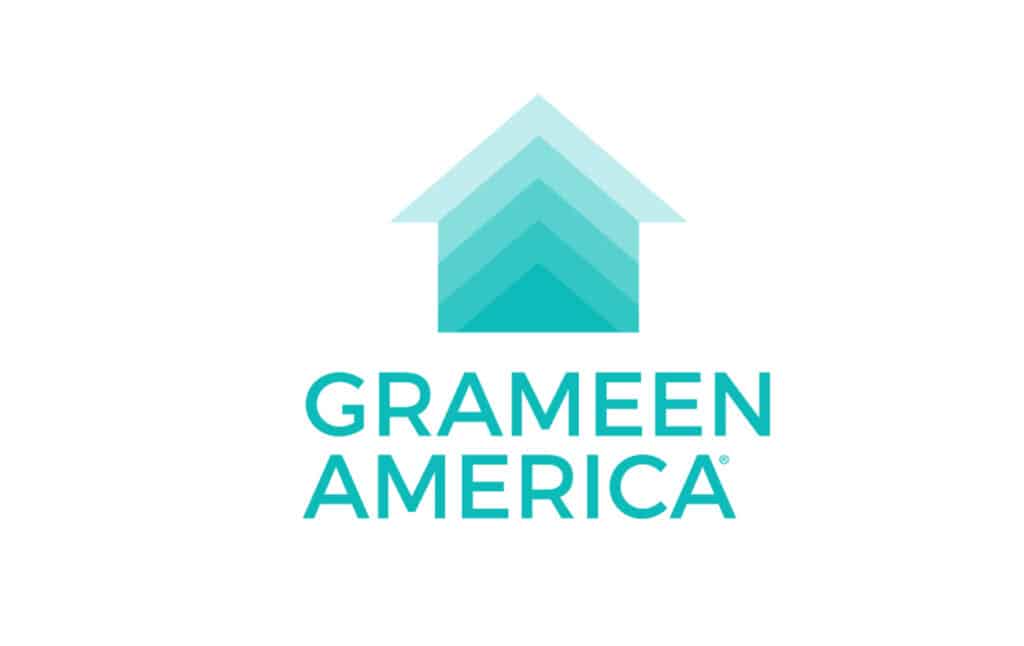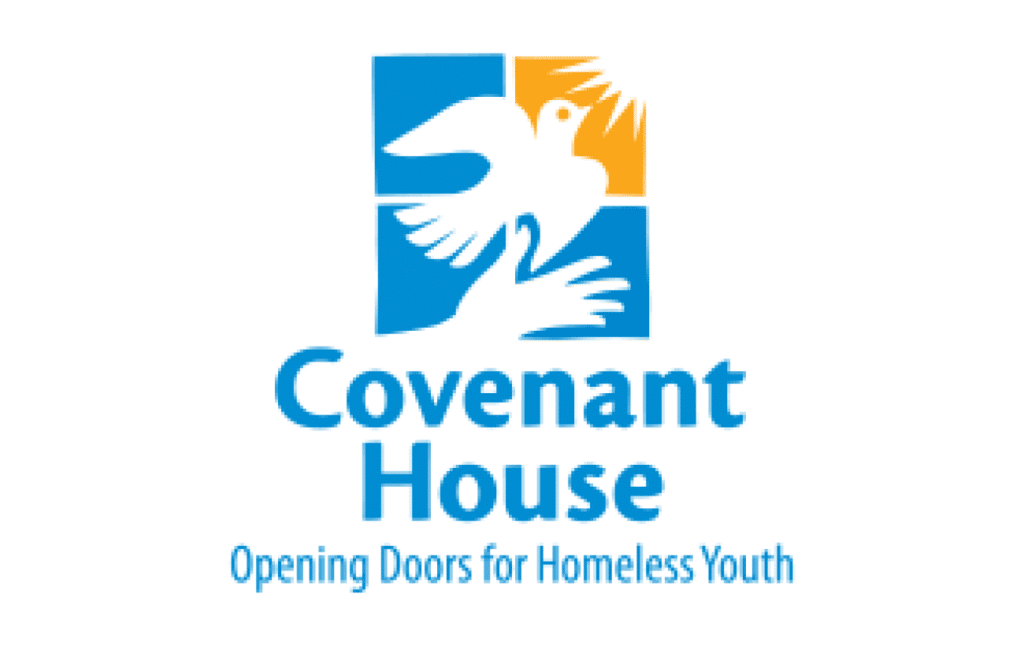While all of these data privacy protection regulations required a great deal of work from marketing teams to maintain compliance across their email marketing, none have created as much buzz as Apple’s MPP and Google’s upcoming sunsetting of the third-party cookie. This is mainly because both Apple and Google’s pivots directly impact the long-standing metrics leveraged by marketing teams to measure email campaign success. While this may seem earth-shattering at first glance, it’s really just another bump in the road and a chance for savvy marketing teams to show the depths of their agility.
Let’s take a look at some of the strategies you can utilize to negate the impacts of iOS changes to optimize your email strategies today and future-proof your email methodologies for tomorrow.
R.I.P. Open Rate Measurement
Think Outside the Inbox

Omnichannel Messaging Example via Etsy on Instagram
Build Loyalty Programs & Reward Members
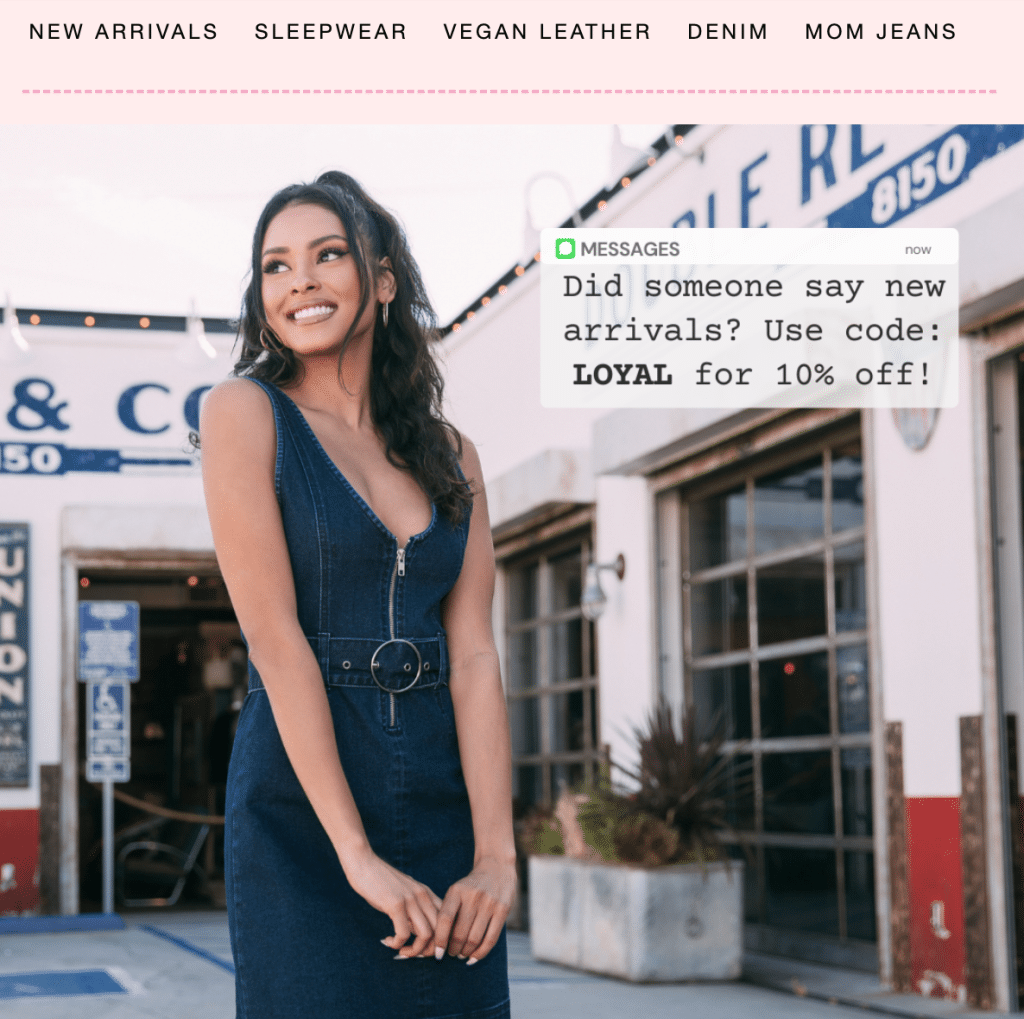
Example via Rewash Brand
Be Sure to Confirm & Check In
